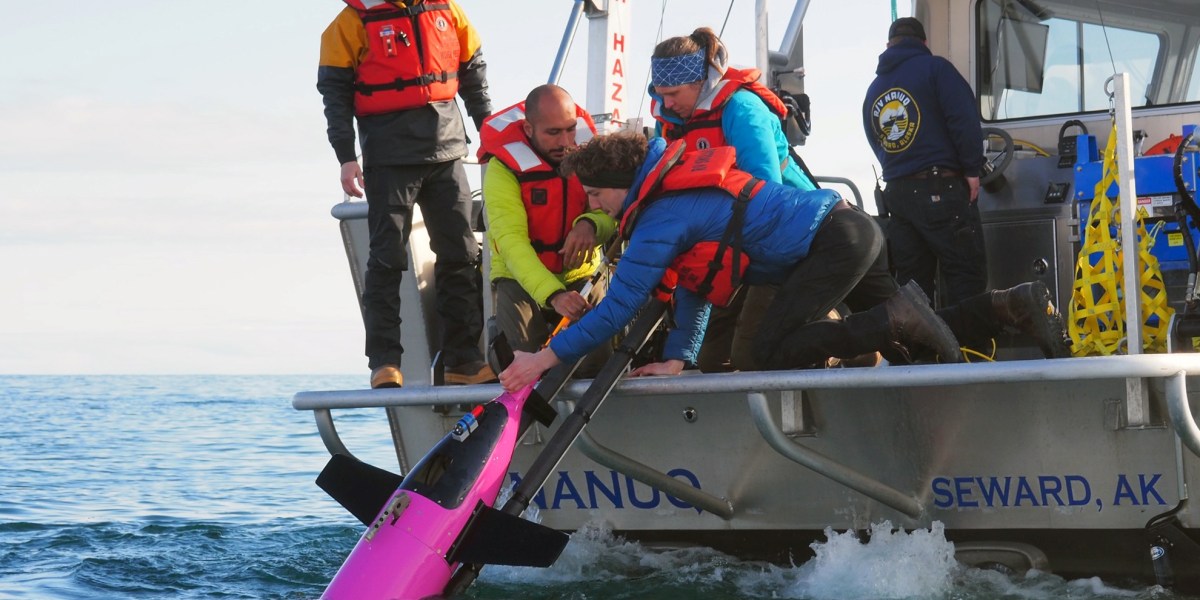

Underwater drone promises better CO2 tracking in Alaska’s oceans
source link: https://dronedj.com/2022/05/25/underwater-drone-carbon-dioxide-alaska/
Go to the source link to view the article. You can view the picture content, updated content and better typesetting reading experience. If the link is broken, please click the button below to view the snapshot at that time.
Underwater drone promises better carbon dioxide tracking in Alaska’s oceans

Ocean acidification is a serious threat to marine ecosystems. When carbon dioxide (CO2) is absorbed by seawater, chemical reactions occur that reduce seawater pH. This affects the ability of marine organisms such as corals and crabs to build and maintain their shells. The Gulf of Alaska’s cold waters naturally hold more carbon dioxide. And in an era of climate change, it’s always at risk of reaching a tipping point. This is why researchers are now hoping that a 7-foot-long, bright pink underwater drone will help them get a deeper understanding of the ocean’s chemistry.
The Nanuq underwater drone recently completed a test mission in Alaska’s Resurrection Bay. The result of a collaboration between the University of Alaska Fairbanks and international commercial partners, Nanuq has been designed to dive up to 1,000 meters and carry out weeks-long missions in remote parts of the ocean in every season.
Also read: Saildrone’s new Florida HQ to keep tabs on 2022 Atlantic hurricane season
Developing a carbon dioxide-tracking drone for all-weather, long, and deep missions is an important achievement because as Claudine Hauri, an oceanographer at the UAF International Arctic Research Center, points out, technological limitations restricted research in the past.
Ocean moorings gathered data at a single location year-round, or ships sampled along transects for several weeks from spring to fall. Although these tools are still needed and provide critical information, large areas of the ocean are not sampled, especially in winter.
The CO2 sensor used for taking underwater measurements has been designed by 4H JENA Engineering. Jöran Kemme, the engineer who made sure that the sensor was light and compact enough for the drone, says:
I’m excited by the possibility of having a whole fleet of these seagliders continuously measuring CO2. It’s important to have people from all around the world working on this, especially because it is a worldwide issue.
The team now plans to make the details of the sensor integration available to others so scientists around the world can study ocean acidification more efficiently and develop more strategic and innovative responses.
Read more: Skydio’s secret sauce for making drones smarter, faster is now public
Recommend
About Joyk
Aggregate valuable and interesting links.
Joyk means Joy of geeK